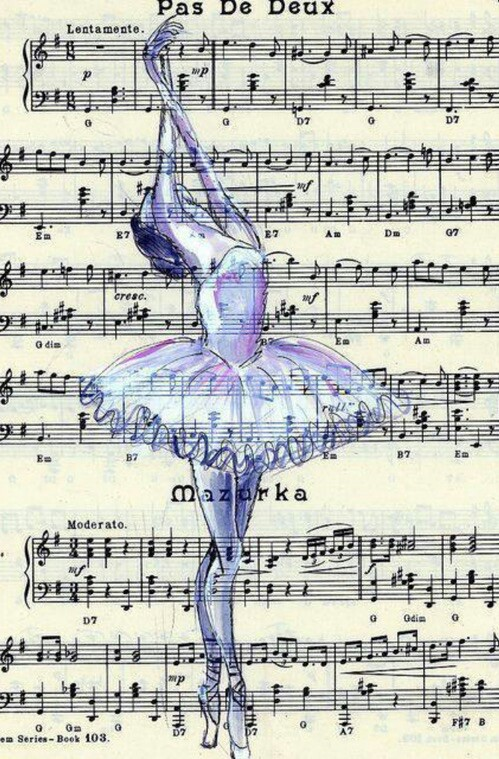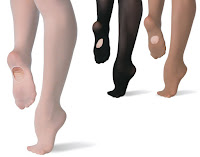
BALLET:
Ballet originated in the late fifteenth century, Its content was usually mythological allegorical, The Italian court ballets were widely developed in France. Comic Ballet de la Reina, the first ballet of surviving a full score , premiered in Paris in 1581. It was created by Beaujoyeux. The court ballet reached its peak during the reign of Louis XIV, Many of the ballets presented at his court were created by Italian French composer Jean Baptiste Lully and French choreographer Pierre Beauchamps , whom the determination of the five basic positions attributed placement, In 1661 , Louis XIV founded the " Royal Academy of Dance" for teachers. The dance began to take shape as a professional discipline , At first only men could participate , and female roles are performed these same disguise. The first appeared in 1681 dancers in a ballet called " The Triumph of Love ", The dance technique in this period , gathered by Raoul Feuillet in his book " Choreography " included steps and still identifiable positions. The ballet opera, which included song and dance in a series of dances linked by a common theme : a new theatrical form developed, In this regard we must highlight the figure of Jean Georges Noverre , whose Letters on dance and ballet ( 1760 ) exerted a significant influence. For him , the movements were natural and harmonious flow .
The dance ends began to develop, although the dancers stood on end just for a moment, as it still had not been invented hard-tipped shoes. The ballet " Les Sylphides " , first performed in Paris , opened the period of romantic ballet. The romantic ballet, however was not inspired exclusively on issues of otherworldly beings. Between 1920 and 1930 he began to develop in the United States and Germany modern dance. Martha Graham, Doris Humphrey and Mary Wigman , created new styles of movement with a progressive approach to realism . The ability to move with freer use of the expanded body. During the 40s were based in New York two ballet companies , the American Ballet Theatre and the New York City Ballet. From the second half of the twentieth century , they have created ballet companies in many US cities and Canada. Finally we should mention the Cuban effort in the development of ballet with his " National Ballet of Cuba " , founded and directed by Alicia Alonso.
Terms: - Classical Ballet: the traditional style of the ballet.
- Modern Ballet: from the twentieth century.
- Ballerina: female dancer.
- Danseur: Male dancer.
- Choreographer: a person who invent or composse the dance.
- Ballet master or mistress: a person in a ballet company that his job is to give a daily company class of rehearse.
- Choreography: the steps of the dance.
- Balletomane: a ballet fan.
- Pas de deux: a duet
- Adagio: creates de illusion that the positions flow from one into another.
- Allegro: usually jumping steps and sequence.
- Barre: every ballet class begin with a barre excersise.
- Centre Practice: these excersise are done without the support of the barre and are normally performed with alternate feet.
 Positions:
Positions:- Arabesque: on one leg with the other leg raised behind the body and extended in a strightb line.
- Attitude: A variation on the arabesque.
- Croisé: A dancer stands with legs crossed at an angle to the audience. The disengaged leg may be crossed in the front or in the back.
- Assemblé: Lifting off the floor on one leg, and landing on two. Legs assemble at the same time and return to fifth position.
- Grandjeté: a big jump from one foot to the other in which the working leg is brushed into the air and appears to have been thrown.
- Plié: means bent, bending - of the knee or knees.
- Turn- out: The dancer turns his or her feet and legs out from the hip joints to a 90-degree position.
- Pirouette: a rotation or spin - a complete turn of the body on one foot, on point or demi-pointe (half- pointe)
- Tour en l'air: a turn in the air - usually a male dancer's step, although ballerinas may do them to depending on the choreography.

- Short Tutu.
- Large Tutu.
- Flat Shoe.
- Shoe tip.
- Tights.
- Corset
Top 10 most fomous works of ballet in the world:





















No comments:
Post a Comment